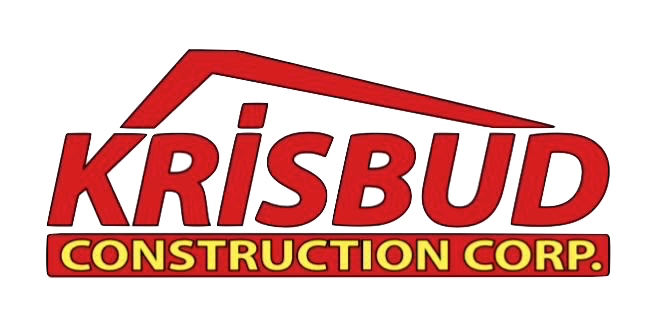Everything you Need to Know About Tuck-pointing
Masonry is a durable and long-lasting building material; however, the mortar that holds the masonry in place is vulnerable to weathering, erosion, and other harmful conditions. Over time, the mortar can crumble or crack, leading to structural issues and water penetration. That's where tuck-pointing comes in.
If you own a brick or stone building, understanding what tuck-pointing is and how it can benefit your property is crucial to ensuring the longevity and overall condition of your building. In this article, we delve into everything you need to know about tuck-pointing.
What is Tuck-pointing?
Tuck-pointing, also known as pointing or repointing, is the process of removing damaged mortar from between masonry units and replacing it with new, fresh mortar. Tuck-pointing aims to restore the strength, stability, and beauty of the building's masonry.
Tuck-pointing involves scraping the loose and damaged mortar from between the bricks or stone, widening the joints, and then filling them with new mortar. Tuck-pointing can be done using various colors of mortar to ensure a seamless blend that matches the original look of the building.
Why is Tuck-pointing Important?
Tuck-pointing is critical for the long-term health of your masonry structures. Here are some reasons why:
Structural Stability: Crumbled, cracked, and missing mortar can compromise the structural integrity of your building. Tuck-pointing restores the foundation of the building by replacing the damaged mortar with new, fresh, and stable mortar.
Waterproofing: Damaged or deteriorating mortar that crumbles and flakes away from masonry results in water penetration through the walls. Tuck-pointing seals the gaps between bricks, preventing water from entering the building.
Aesthetics: Damaged mortar can detract from the appearance of your building's masonry, affecting its overall aesthetic appeal. Tuck-pointing helps rejuvenate the building's appearance by restoring crisp, clean lines.
Longevity: Tuck-pointing ensures the longevity of your masonry structures by preventing structural damage, water leakage, and other issues that could cause costly repairs down the road.
Who Can Benefit from Tuck-pointing?
Tuck-pointing is essential for brick and stone buildings of any age and size. Buildings in areas with inclement weather conditions like high winds, heavy rain, and snowfall need more frequent tuck-pointing. Commercial, residential, and industrial properties alike can benefit from tuck-pointing to maintain their masonry.
The Tuck-pointing Process
Tuck-pointing is a meticulous yet essential process that requires the expertise of experienced masonry professionals. Here is a step-by-step overview of the tuck-pointing process:
1. Inspection:
A professional masonry contractor will inspect the building's masonry to identify areas for repair. They will determine the extent of the damage, the type of mortar that needs to be replaced, and the color of the new mortar.
2. Preparation:
Before tuck-pointing begins, the contractor will prepare and protect the surrounding area. They cover the area with plastic or other materials and secure them to prevent debris from scattering or damaging adjacent surfaces, such as windows or doors.
3. Mortar Removal:
The next step is removing the old, damaged mortar from between the masonry units. The masonry professionals will use a combination of hand tools and small power tools to accomplish this step. They will use a chisel or trowel to scrape off the mortar and then use a grinder to smooth the joints. This is why you will often hear “grinding and tuck-pointing” when a contractor describes the job that needs to be done. To ensure consistent restoration, the contractor will also test the mortar type and depth.
4. Joint Preparation:
The joints must be adequately prepared before the new mortar is applied. The masonry professionals will use a wire brush or other tools to remove any remaining debris or dust to provide a clean surface.
5. New Mortar Application:
The masonry contractors will mix the new mortar and match the color of the existing masonry. Then, they will begin the process of applying the mortar into the gaps. They use specialized tools, such as a pointing trowel, to ensure adequate adherence to the masonry and a consistent depth to the joint.
6. Finishing:
Once the new mortar has been applied, the contractor will strike the joints with a jointer tool to give the joints smooth and uniform curves conducive to water displacement. The surface of the mortar will be cleaned using a soft brush to remove any excess material.
7. Final Inspection:
After the contractor has completed the repair, they conduct a final inspection and ensure the surface is evenly cured. They will clean the surrounding areas of the worksite thoroughly.
Conclusion
Tuck-pointing is an important masonry maintenance technique that can benefit your building's structural integrity, waterproofing, appearance, and longevity. Our masonry construction business specializes in tuck-pointing services and can help you restore your building's masonry. Contact us today to schedule a consultation and learn more about how tuck-pointing can benefit your property. Take a look at some examples of the tuck-pointing process below from our previous projects.
August 11, 2023



